Why I Worked at a 400 Year Old Flour Mill in France
Workaway explained; old mill culture in France; freestyle nomad travel
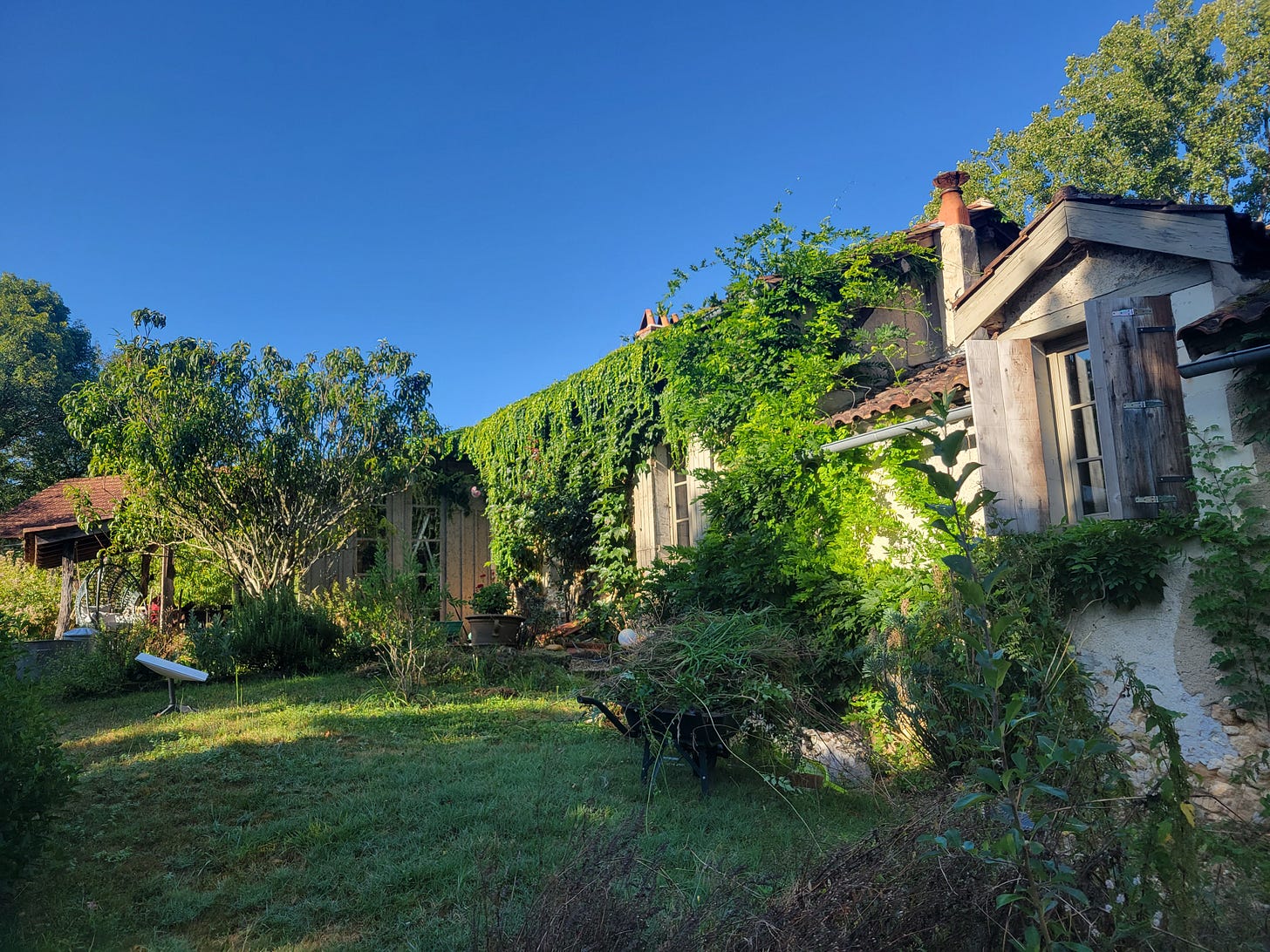
Do you know what Workaway is?
It’s kind of a gold mine for slow travelers and budget travelers.
Basically you get to live with a local and help them do something cool while getting free room and board. What’s not to love if you want real cultural immersion experiences?
I signed up for Workaway but had forgotten about it while I was back in the US last summer.
I was at the end of a short-term lease and waffling on going to go to San Miguel de Allende in Mexico (and expat, artist hotpsot in the mountains).
My lease was up on my short-term rental and I felt anxious about my next steps.
But I couldn’t quite pull the trigger on actually booking the ticket, even though I spent hours looking at Airnbs and dance classes, etc.
To explain: I do what I call “freestyle” nomad travel; I go places when it feels right. And sometimes it doesn’t feel right until the last minute, which isn’t all that fun, actually, but I’ve learned to trust my gut/heart.
So out of the blue I got an email from Sylph on Workaway. Yes, “Sylph”…I almost accepted based solely on this fabulous name!
Sylph is from Germany originally but lived in England most of her adult life before moving to France a few years ago.
She wanted a more mature workawayer, e.g. not a partying, phone-addicted 20-something, to help her with creating organic gardens and upkeep on her old flour mill turned into a pottery-studio and farmlet in rural France.
I sat with this invitation for about two days, then felt a solid “Heck YEAH!” from my heart and gut and hotly dropped Mexico and started planning to leave the US again and head to France.
Now, when I leave the US, I pack for being away at least a year. AND THIS IS NOT EASY 😅. At least for me.
(More on this in a later post or podcast…but in a nutshell, I’m not the backpacker kind of nomad. I want a little personal style but not a lot of stuff.)
So I packed two large suitcases and a carry-on, ready for a year in almost any climate, and left for Paris in August and then to Sylph for a two-week stay.
Wow, did I learn a lot.
Did you know that France was dotted all over with these flour mills? It still is, but now they are mostly defunct.
And adjacent to them are the old wood-fired bakeries. Two families used to lived on these mill properties. With an orchard, gardens, a pigeon silo, and areas for pigs and chickens.
The engineering needed create these mills is amazing. The water from a stream or river has to flow exactly correctly to the mill for it to work propery.
Imagine that, all over France? Plus these buildings are still standing and in good shape. Stone and wood.
Now only one stream is flowing on this property, but there was another that used to go right under the building to turn the mill. The actual mill mechanism was removed but the buildings are solid and in good condition.
Many of these old mills are being refurbished as homes and some back into use for various purposes, like making nut oils.
So what did I do for two weeks?
I helped Sylph do gardening, strip ivy off the walls, weed, clean windows and lots of small tasks. She made us homemade meals and I had time off to lounge and pet the cats.
Here is Sylph and the lovely salad she made for our lunch one day.
On weekends she drove me to the little hamlet nearby where I took the train to Bordeaux.
Living on this ancient property is one of the best experiences I’ve had in my travels. And it is because of the cultural immersion, really.
I was living and working and absorbing a different life, but one where we have shared interests. I love permacultue and organic gardening and old architecture, so it was a good fit.
Below are the bedrooms she uses for her residential pottery workshops. You can see the beams that were part of the mill structure.
This is path along the side of the house. We weeded and torched it.
In the past, water from a stream entered into the mill/house right about where the orange flowers are blooming to turn the wheel.
The gate to the property.
The stream that runs exactly next to the building that housed the wood-fired oven for bread baking.
The area between the old mill building and the bake house. To the left is an Airbnb apartment created in the old mill building. To the right is the old baking building.
After I finished at Sylph’s place, I had no set plan.
But no problem, cuz that’s how I roll!
Ok, sometimes I have a potential plan, but always subject to change based on what I call the flow of life. I have to follow it.
Why? Because it feels right. And because I don’t know what I don’t know.
I discover stuff as I go along, and that is the joy of this kind of nomadic life.
I learn about places and experiences I didn’t know existed while I’m travelling.
From Sylph and her french friends, I learned about the small town of Perigueux, where I decided to stay for a month. I had never heard of it before.
And I met the most fascinating group of expats and locals at a sweet homey bookstore Boukie’s, run by an Amercain guy who used to be a philosopher.
After Perigueux I booked a full month in Paris in November (a huge treat for this Paris lover) then did another last minute flip/flop and switched from Georgia to Morocco.
Why flip/flop last minute? I usually don’t do this, but baby, I’m willing!
I had everything booked in Tblisi, Georgia and thought I might stay six months. BUT there were international protests and I had a bad feeling.
I noticed someone mention Tangier on facebook and it reminded me I had wanted to visit Morocco in the past. Plus it is way closer to France (and I had started dating in a man in Paris), and it was a lot warmer than Georgia.
And I could speak French! Sold.
I changed everything in a week, and left for Tangier.
And I loved it there.
That’s how I roll. I call it freestyle nomading.
Cheers,
“freestyle Nan”
Here’s the post about Boukie’s Bookshop in Peregueux:
The "Cheers" Bookshop of Perigueux
(Written in September, 2024. Includes TIPS on meeting people while traveling)




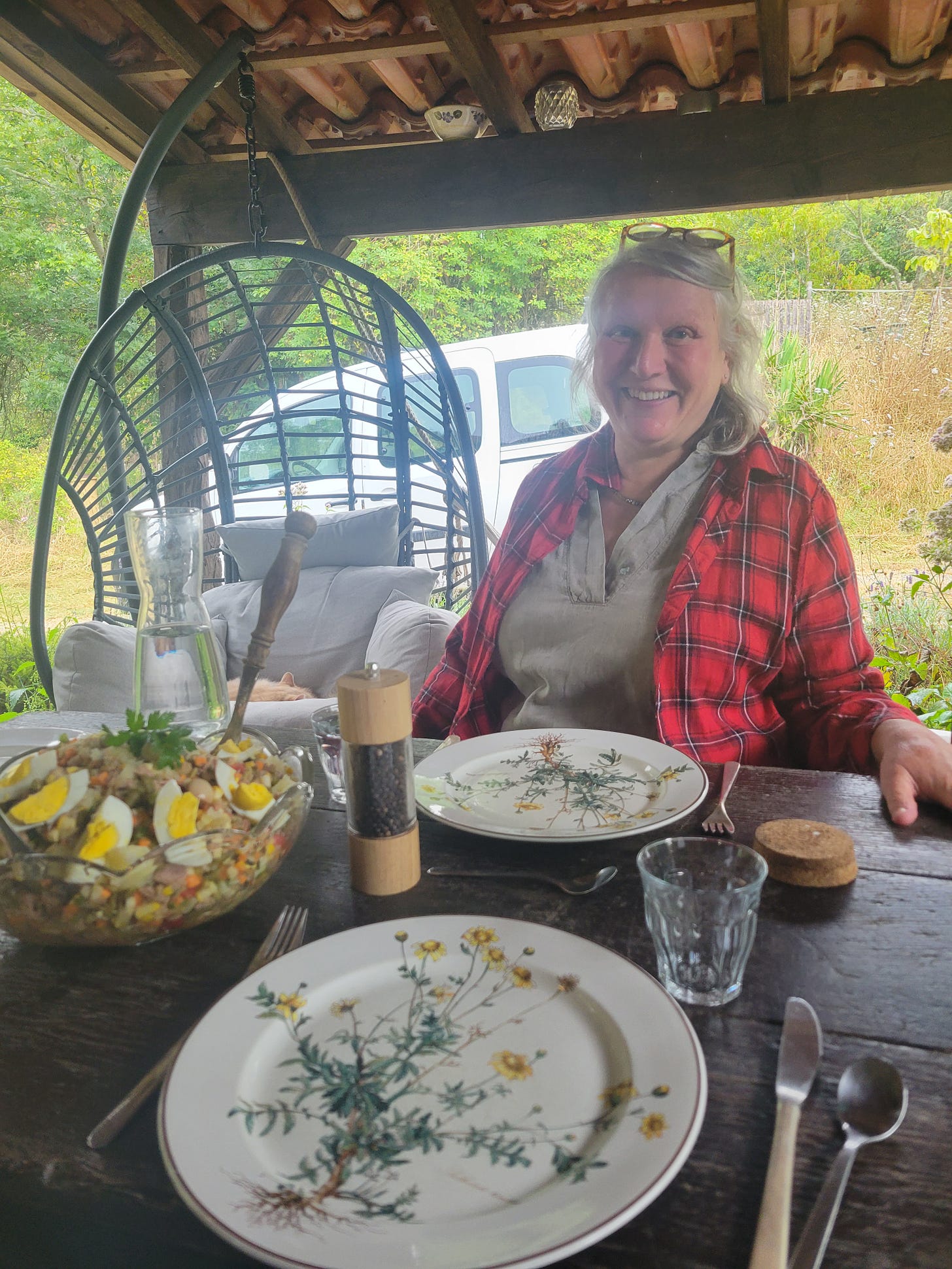
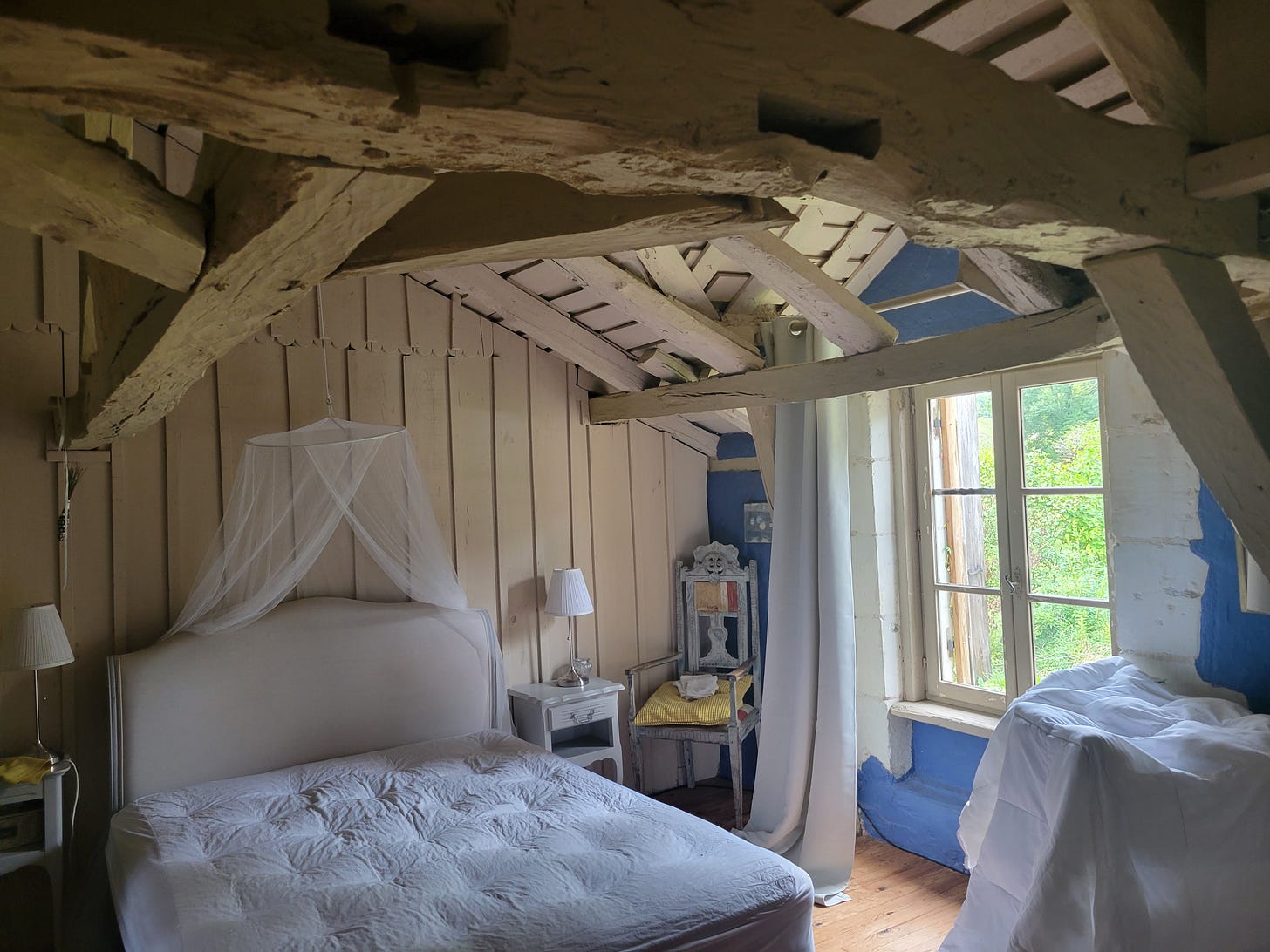
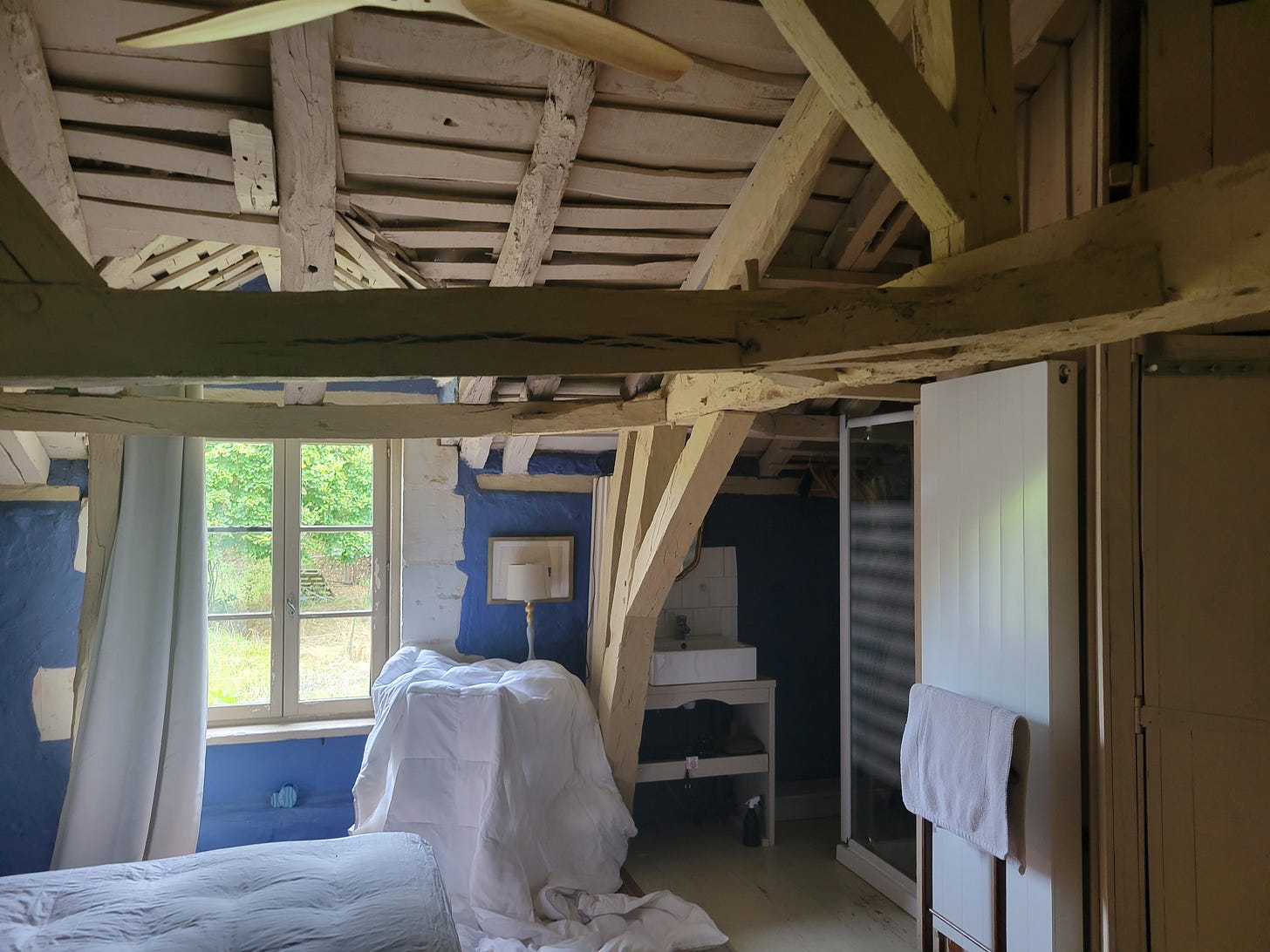
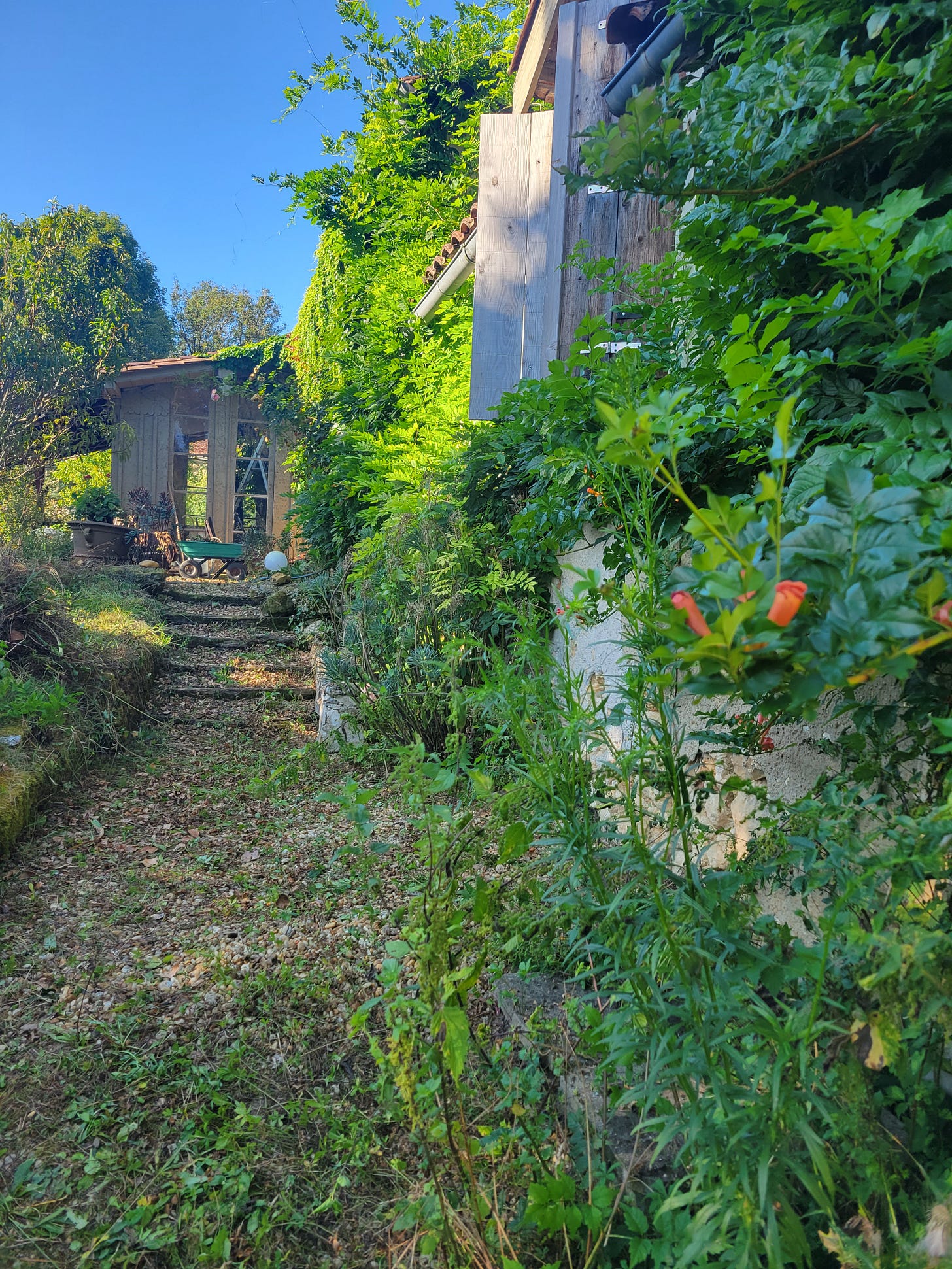

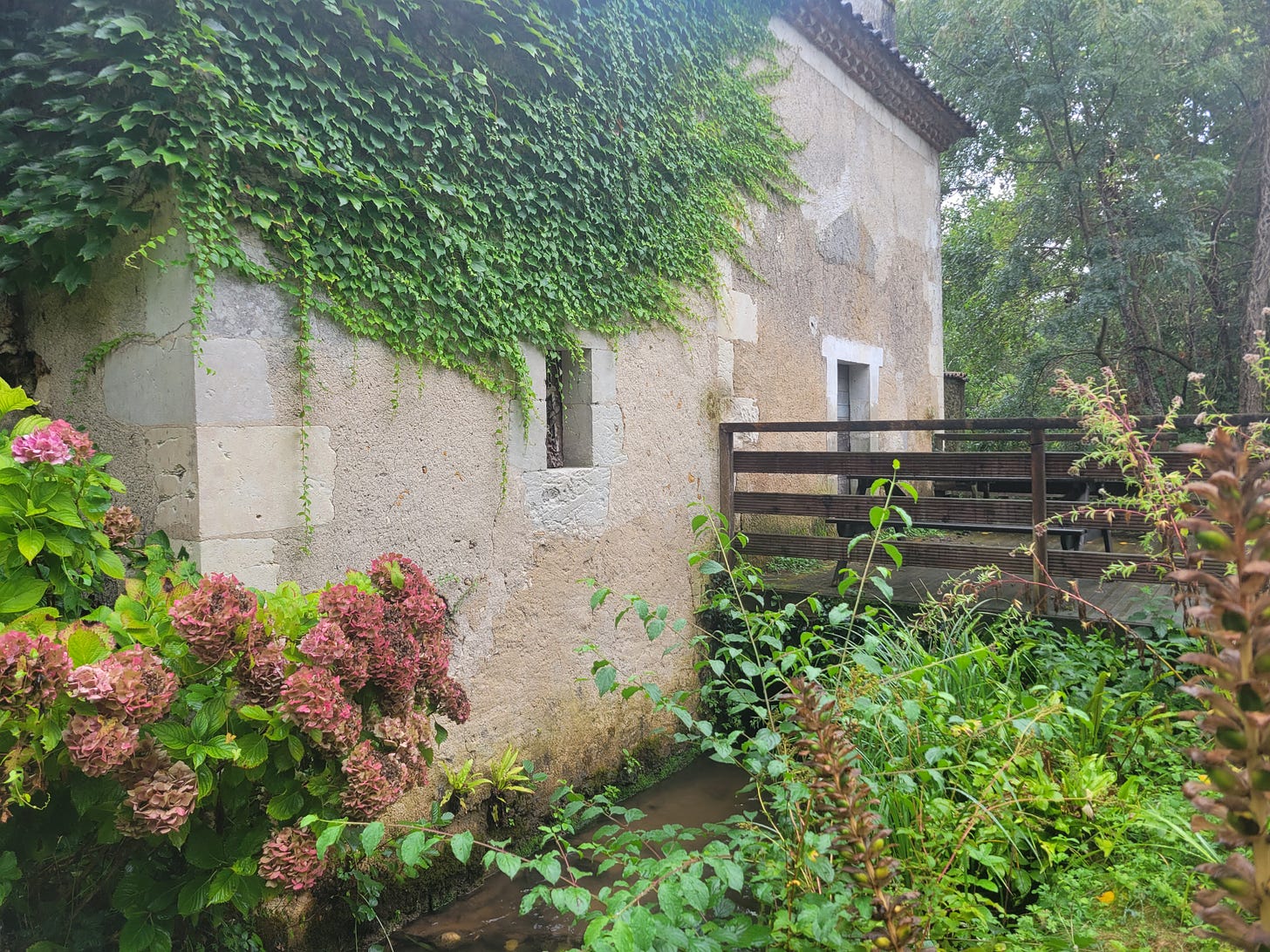
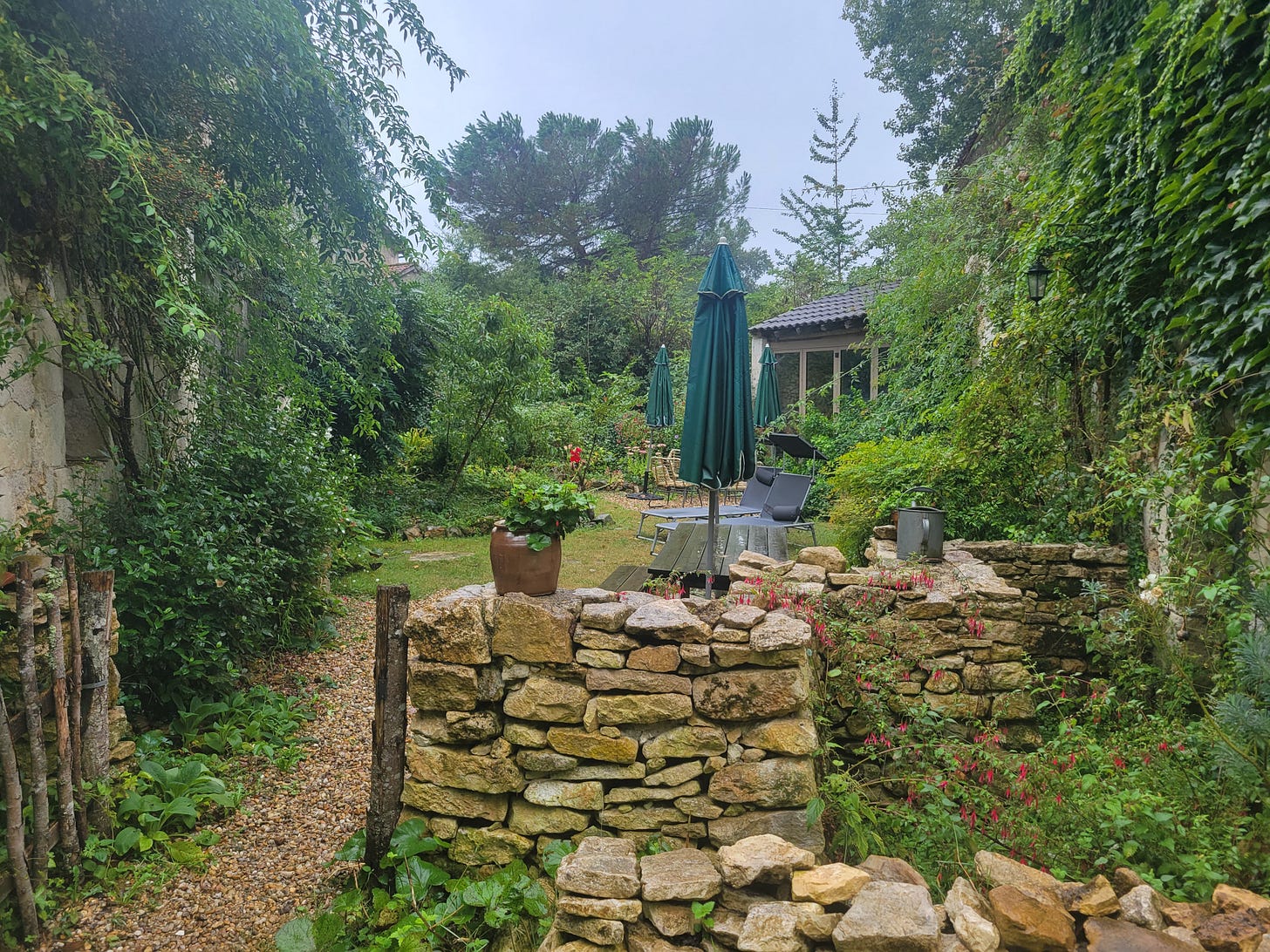
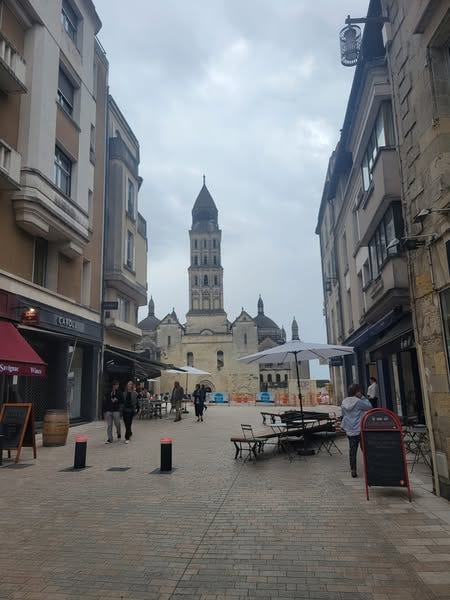
So interesting to read!!